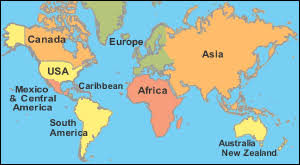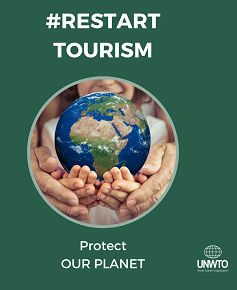GBTA predicts China business travel spend to increase in 2013

Shanghai – GBTA publishes the results of its fourth GBTA BTI Outlook – China 2013 H2 report. The GBTA commissioned Rockport Analytics, LLC to create a semi-annual business travel outlook for China. Sponsored by Visa, it provides insights for corporate travel professionals and the broader business community into both short- and long-term trends in Chinese domestic and international outbound business travel activity.
Highlights
• After expanding by 7.5% in Q2 of 2013, China’s economic growth has consolidated, and is expected to register between 7% and 8% for the full 2013 year.
• The Chinese authorities remain committed to rebalancing the economy to stimulate domestic investment and consumer demand. The export sector continues to be impacted by weak economic performance in the US and Europe, with export growth being driven mostly by intraregional trade.
• Despite weaker than expected business travel growth in H1 of 2013, China should surpass the U.S. as the world’s most dominant business travel market as early as 2016.
• China’s total business travel spending is forecast to increase by 14.3% in 2013 to $224 billion (RMB1,371 billion). The projected expansion of 17.2% in 2014 is more than twice the rate of the U.S.
• Domestic business travel continues to outperform international outbound (IOB). In 2013, domestic travel spend should grow 14.3%, followed by another 17.2% in 2014.
• Growth in IOB has been revised slightly downward in 2013, with forecast growth of 12.8%, followed by a stronger than previously expected 16.5% in 2014.
• Beijing Capital International airport is set to surpass longstanding incumbent, Hartsfield-Jackson in Atlanta, as the world’s busiest airport.
Welf J. Ebeling, regional director, GBTA Asia remarked: “Our forecast for Chinese business travel remains in line with our outlook published in the first half of 2013. Diminished trade activity to and from China, particularly in Europe and North America, has undermined the demand for long-haul business travel. We do, however, see annual growth pushing back towards 20% over the next few years.”
“As China’s economy continues to grow, so does their expected demand for business travel,” said Tad Fordyce, head of global solutions at Visa Inc. “Led by anticipated strong growth of domestic business travel, the BTI predicts China will be the world’s top business travel market by 2016.”
Rebalancing of domestic economy will enhance business travel outlook
China’s economy growth has been impacted by the protracted slowdown in key trading markets, notably in North America and Europe. Export growth remains vital to China’s economic prospects, and neighboring countries, such as Hong Kong and the ASEAN nations, have taken up part of the shortfall. Consumer retail sales and domestic investment are widely viewed as emerging pillars of the Chinese economy, although expansion of both has been slower than expected in 2013. The good news is that both consumer and producer inflation rates have remained relatively mild.
The Chinese economy remains a robust engine for economic growth at home and abroad, even though the sources of that growth are experiencing dramatic change, and that means the outlook for business travel remains positive. The combination of improved economic sentiment in global markets and projected diversification of domestic consumption are welcomed, especially as China’s domestic business travel spend continues to show strong correlations with retail sales. Outbound travel is clearly driven by China’s trade performance, but job growth and supply indicators will also prove to be critical.
China on track to become the globe’s primary business travel market
China is growing its business travel market faster than any other nation, and continues to close the gap on the U.S. as the largest business travel economy in the world. The surge in Chinese business travel spend has been driven by domestic and international outbound business travel, with expansion noted for both transient and group meetings and events travel. GBTA expects total spending on Chinese-originated business travel to grow 14.3% in 2013, to $224 billion (¥1,371 billion) – down from the 15.1% forecast in our 2013H1 report. In 2014, total business travel spend growth should reach 17.2%, slightly up on the 16.9% previously projected.
Domestic travel continues to perform better than international outbound. GBTA expects this trend to continue with domestic travel spend forecast to grow 14.3% in 2013, and another 17.2% in 2014. In comparison, international outbound business travel from China has slowed considerably over the last two years. Growth is likely to reach 12.8% in 2013, followed by another 16.5% in 2014 – though continued weakness in global key export markets means these figure are well down on the surging IOB growth witnessed during the first decade of the millennium.-GBTA














